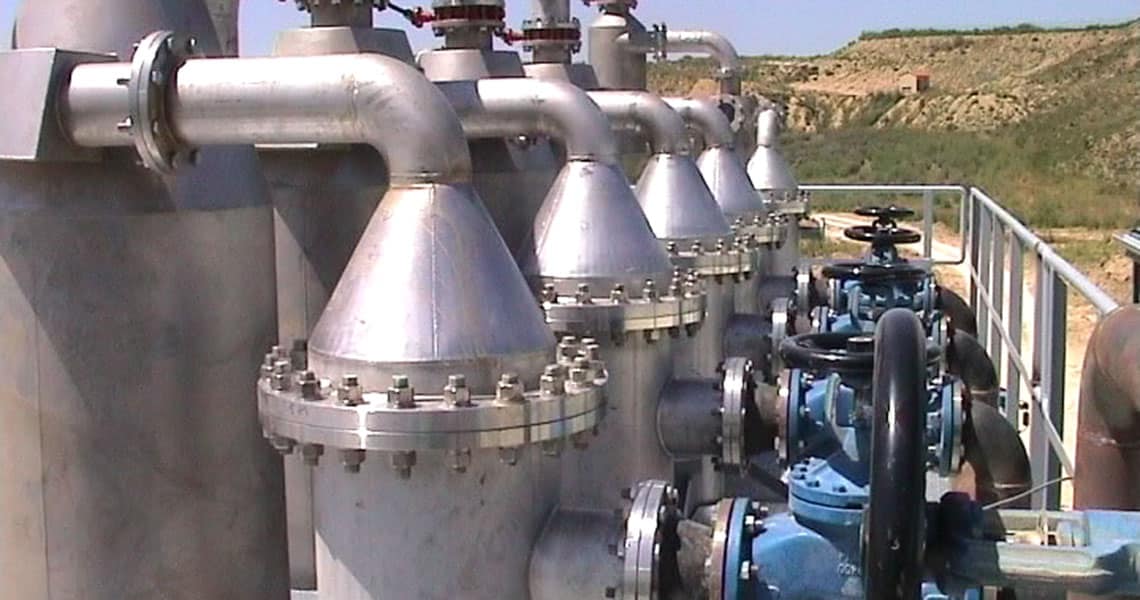Creating Value from Livestock Waste

Livestock manure is a significant source of organic waste materials. Although accurate figures are harder to come by (and vary significantly by region, the Agricultural Research Service (ARS) of the U.S. Department of Agriculture (USDA) estimates that ‘In the United States, as much as [1.3 billion tonnes] of manure is produced by the 9.8 billion heads of livestock and poultry produced yearly.’ As these figures show, livestock manures and slurries account for as much organic waste material as other sources. This is significant as global greenhouse gas (GHG) emissions ‘from livestock supply chains are estimated at [more than] 7.1 gigatonnes CO2e per year.’
In a circular economy, bio-waste is not landfilled and incinerated. Instead, it forms a resource for organic soil improvers, fertilisers, growing media component and bio-based products. Furthermore, the UN Environment Programme and Climate and Clean Air Coalition has identified the treatment of organic wastes as being the most ‘immediate and cost-effective’ way to keep global warming below 2°C, with anaerobic digestion identified as a key technology.
Intercepting organic waste streams, and livestock manures in particular, provides a number of environmental benefits:
-
- Prevents direct GHG emissions from the decomposition of the wastes
- Prevents environmental contamination through incorrect disposal (e.g., phosphate and nitrate pollution of water courses)
- Aids odour management in sectors such as agriculture and sewage treatment
- Has the potential to provide renewable energy via processes such as anaerobic digestion
- Provides renewable, organic fertiliser and reduces the pressure on finite resources such as potash
- Improves soil health through the use of renewable fertiliser with higher levels of organic carbon and organic matter
- Reduces indirect GHG emissions associated with the production of synthetic fertiliser
TACKLING ORGANIC WASTE
As with any waste management, the first priority should be to prevent and minimise organic wastes and manures, but unavoidable organic waste is increasingly being intercepted and treated globally with technologies including anaerobic digestion and composting.
HRS has worked with a number of partners around the world to treat and valorise organic wastes from a range of sources, including sewage treatment, on-farm manures and slurries, and crop and food waste. For example, the company has installed practical manure and digestate management systems, the first of which was commissioned in Spain, treating up to 12 tonnes of pig manure from a number of nearby farms every hour.
HRS EVAPORATION AND CONCENTRATION SYSTEMS
HRS treatment systems are particularly effective when used with liquid, or semi-liquid, waste streams, such as slurry, sludges or unseparated digestate. Evaporation is an efficient way of reducing the volume of effluents and wastes. HRS evaporation systems raise effluent, digestate or liquid waste to its boiling point (under vacuum) so that water is evaporated and then condensed, thereby obtaining a concentrated end product and condensate.
HRS evaporation systems include:
HRS corrugated tube evaporation systems
These are designed for the evaporation of low viscosity effluents with reduced particle size, like wastewater, brines, and effluents with low concentrations of organic solids. These systems utilise HRS K Series corrugated heat exchangers as evaporator modules, providing high heat transfer and good resistance against fouling.
HRS scraped surface evaporation systems
When concentrating fluids with elevated viscosities (which lowers heat transfer) or those which have a higher fouling risk, such as organic solutions with high dry matter concentration, HRS uses its HRS Unicus Series of reciprocating scraped-surface heat exchangers for evaporation systems.
HRS Digestate Concentration System
The HRS Digestate Concentration System (DCS) is specifically designed to reduce the volume of digestate from anaerobic digestion (AD) systems. In most situations the process utilises surplus heat from the CHP engine. The DCS works by superheating digestate in a vacuum to facilitate concentration, using evaporation to significantly reduce digestate volumes while, at the same time, increasing the nutrient content and commercial value.
Around the world HRS is working with partners across the livestock supply and processing chain to help them reduce disposal costs, create value added co-products, and reclaim clean water from organic waste streams. Whatever your aims, speak to us today to learn how we can help you create value from your livestock wastes.